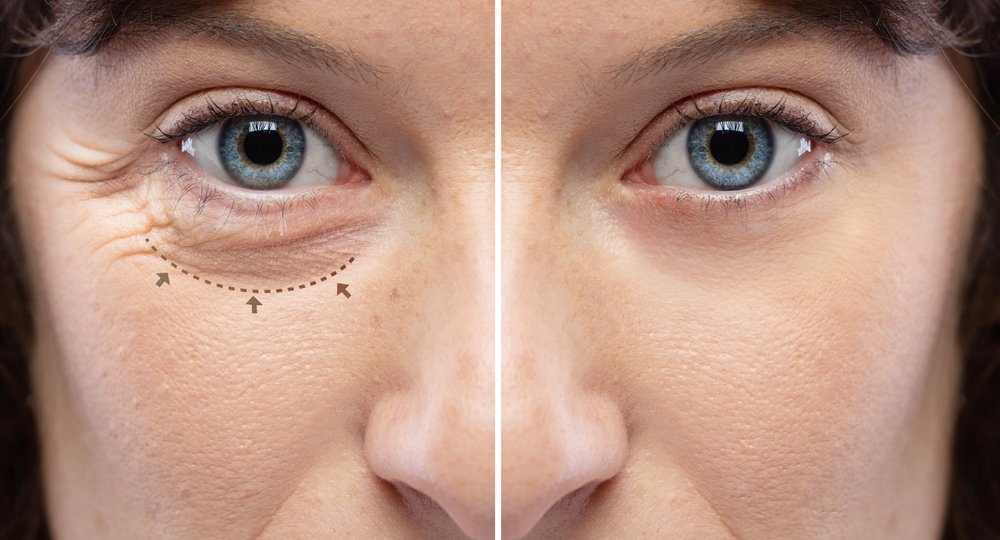Blepharoplasty

Surgery to improve the eyelids is called blepharoplasty. The goal of blepharoplasty is to give the eyes a more youthful look by removing excess skin, bulging fat, and lax muscle from the upper or lower lids. If the sagging skin obstructs peripheral vision, blepharoplasty can eliminate the obstruction and expand visual field.
Excess skin and fat are removed from the upper lid through an incision hidden in the natural eyelid crease. If the upper lid is droopy, the muscle that raises the lid can be tightened. The incision is then closed with fine sutures.
Fat in the lower lid can be removed or repositioned through an incision hidden on the inner surface of the eyelid. Laser resurfacing or a chemical peel can be performed at the same time if desired, to smooth and tighten the lower lid skin.
If there is excessive skin in the lower lid, the incision is made just below the lashes. Fat can be removed or repositioned through this incision, and the excess skin is removed. The incision is then closed with fine sutures.
After Surgery
Cold compresses are applied to reduce swelling and bruising. Antibiotic ointment or drops may be prescribed. Strenuous activity should be minimized for several days. Warm compresses may be recommended after several days to increase blood flow to the area and promote healing.
Discomfort is generally mild. Non-aspirin pain relievers are usually all that is necessary post-operatively. Aspirin products, non-steroidal anti-inflammatory medications like ibuprofen, and other blood thinners should be avoided before and after surgery as they may increase the risk of bruising and bleeding. Most patients are able to return to regular activities within several days.
